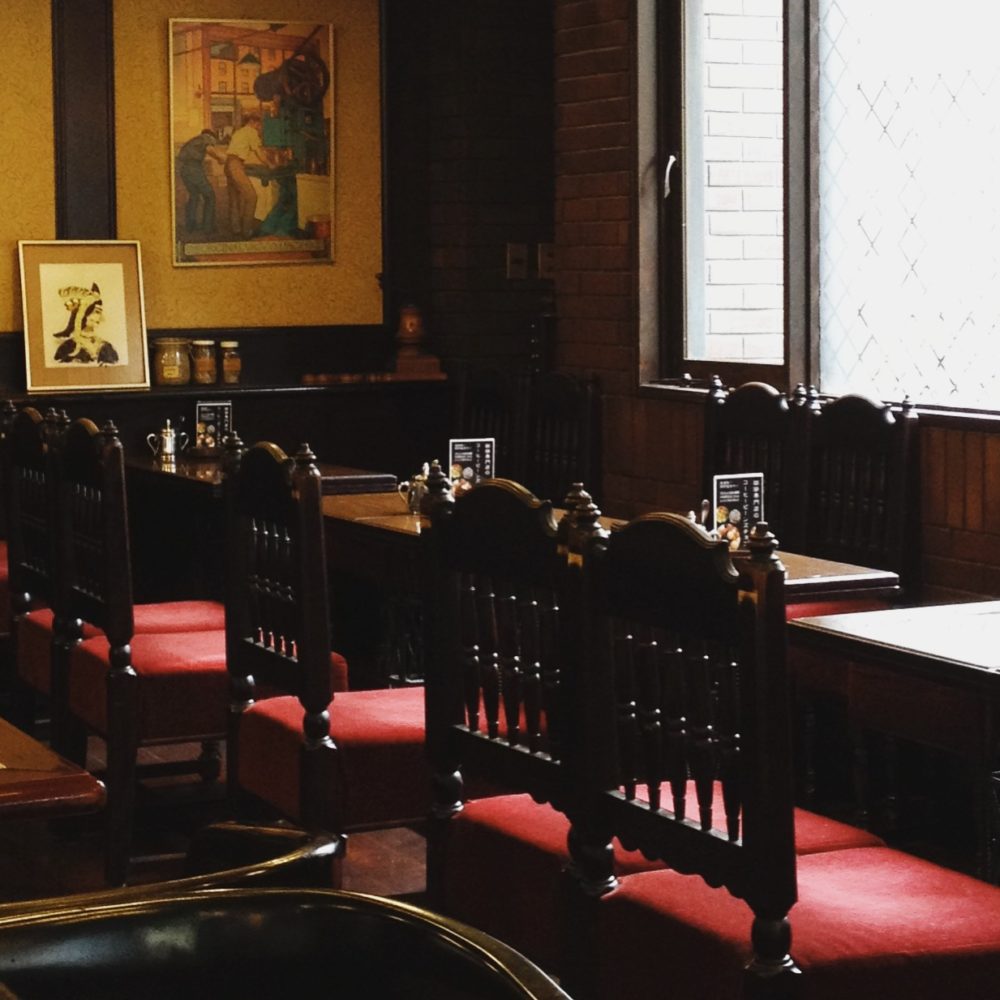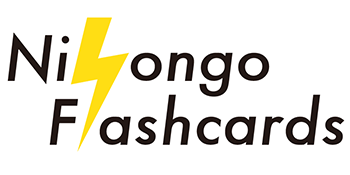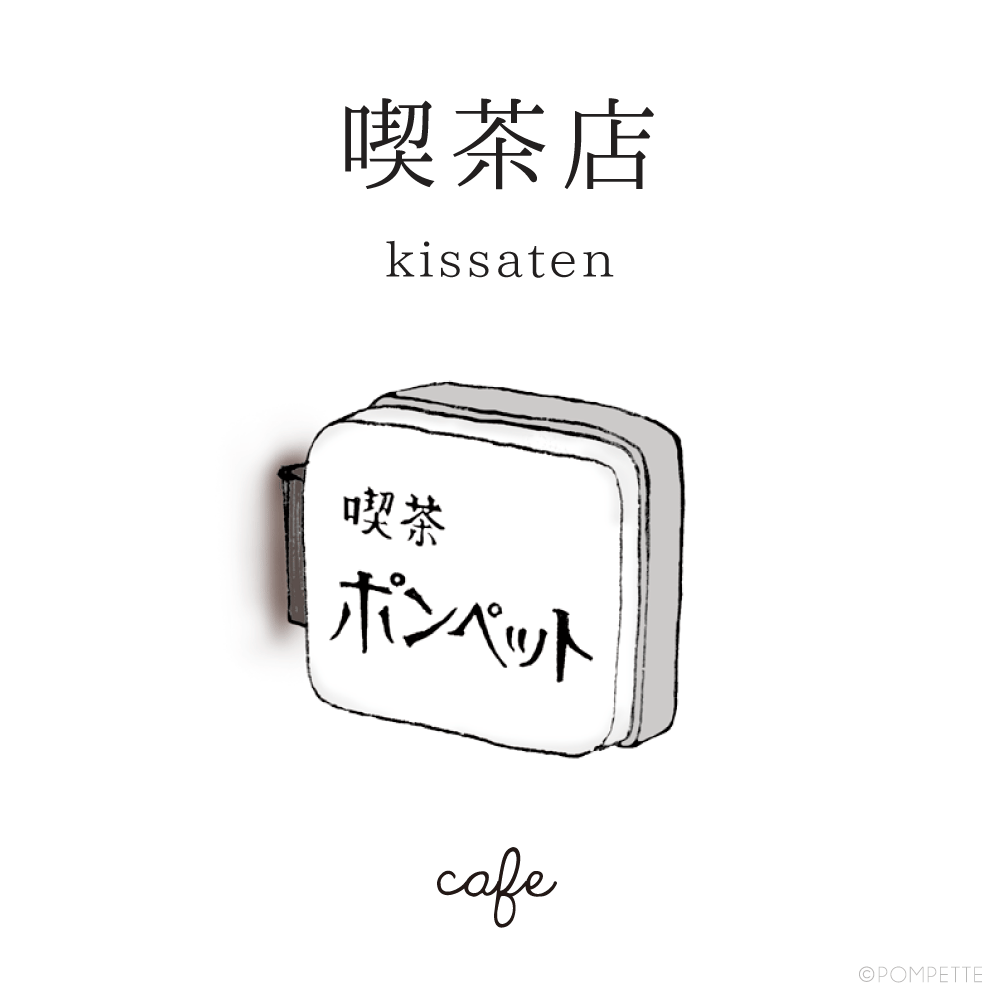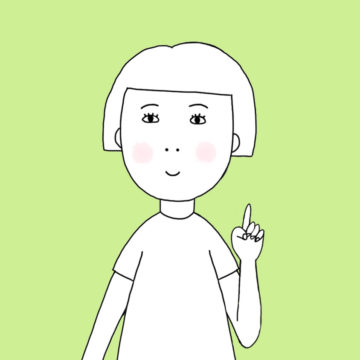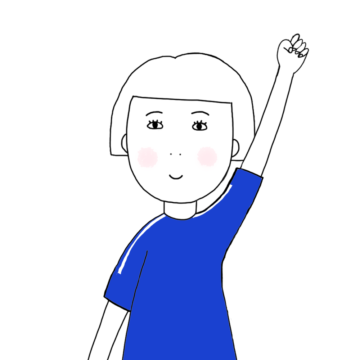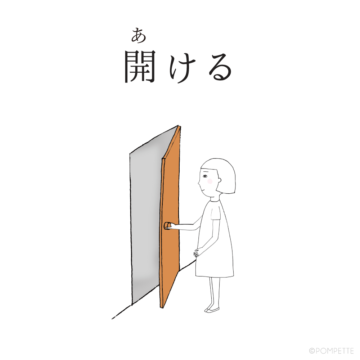【 喫茶店 (kissaten) 】cafe, coffee shop
The term comes from 茶を喫する (ちゃをきっする cha wo kissuru), a place to drink tea. 喫する (kissuru) means to drink, eat, smoke. Today we associate 喫茶店 (kissaten) with an old-fashioned cafe and カフェ (cafe) with a modern cafe, but 喫茶店 and カフェ had different cultures at different times.
カフェー・プランタン Café Printemps is known to be the very first cafe that opened in Ginza in 1911. Inspired by the Parisian salon cafes, it was a members-only cultural salon that attracted the intellectual elite like the painter, Kuroda Seiki, and writers, Mori Ōgai and Tanizaki Junichiro.
Then there was カフェー・ライオン Café Lion that also opened in Ginza — a new type of cafe that offered alcohol and 洋食 (yōshoku) Western-style meals with waitresses in a demure kimono and apron serving the customers (which is believed to be the very beginnings of メイド喫茶 maid cafes).
The cafe culture bloomed in the late Meiji era, more cafes opened, more waitresses appeared, and more “services” were offered to please the customers. The nature of a “cafe” began to change.
By the early Showa-era, there was a differentiation made between the two types of cafes: カフェー, the latter type, and 純喫茶 (jyunkissa) or 喫茶店 (kissaten) was a cafe that served only coffee and light meals (no girls, no “special services”) and was alcohol-free.
The second 喫茶 kissa boom came mid-century, after the war — all types of kissas popped up from ジャズ喫茶 jazz cafes to ロカビリー喫茶 rockabilly cafes — and then came the 漫画喫茶 manga kissas in the 70s.
There are still classic 喫茶店, although becoming rare, that continue to carry the charm of their Golden days. One of the pleasures of going to a 喫茶 is to enjoy the classic menu (a menu that not too many modern cafes would offer) in a quiet atmosphere, maybe with some jazz playing in the background, to read your morning paper or to take an afternoon break.
Follow the kissa tag to read more about 喫茶 culture.
